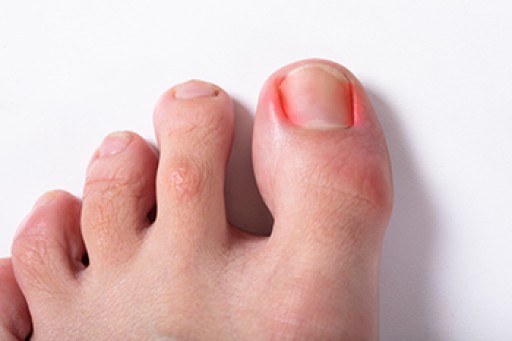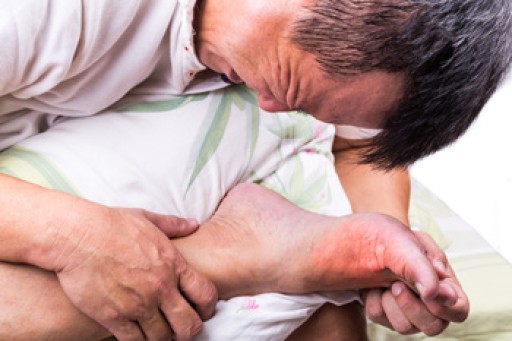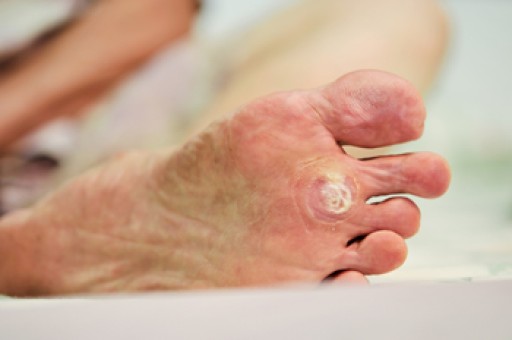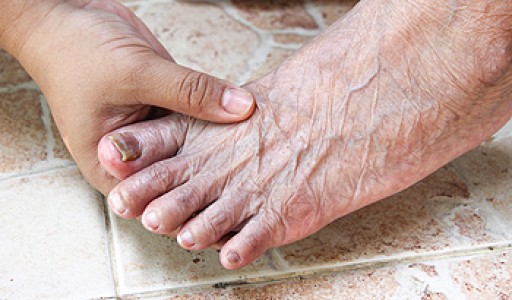
An ingrown toenail can make putting on a pair of shoes or walking difficult. While it is not a serious problem, it is an irritating one and something that can turn into an infection if not tended to. Healthy toenails grow out and away from the base of the nail bed. An ingrown toenail is when the toenail grows into the side of the cuticle. In severe cases, the skin will fold over the nail. Ingrown toenails typically happen on the big toe. The skin tissue at the cuticle will become red, sensitive, and inflamed, and there may be weeping pus. Some ingrown toenails are easy to treat by soaking in various oil or salt preparations and gently pulling the nail away from the skin, while others require minor surgery. While the ingrown nail is healing, it is important to trim the nail straight across. If the ingrown toenail is too painful to trim or if an infection develops, see a podiatrist as soon as possible who can do what is necessary—even a minor surgical procedure with a local anesthetic—to get you on the right track.
Ingrown toenails may initially present themselves as a minor discomfort, but they may progress into an infection in the skin without proper treatment. For more information about ingrown toenails, contact one of our podiatrists of Lewis Wolstein, DPM, P.C. & Associates. Our doctors can provide the care you need to keep you pain-free and on your feet.
Ingrown Toenails
Ingrown toenails are caused when the corner or side of a toenail grows into the soft flesh surrounding it. They often result in redness, swelling, pain, and in some cases, infection. This condition typically affects the big toe and may recur if it is not treated properly.
Causes
- Improper toenail trimming
- Genetics
- Improper shoe fitting
- Injury from pedicures or nail picking
- Abnormal gait
- Poor hygiene
You are more likely to develop an ingrown toenail if you are obese, have diabetes, arthritis, or have any fungal infection in your nails. Additionally, people who have foot or toe deformities are at a higher risk of developing an ingrown toenail.
Symptoms
Some symptoms of ingrown toenails are redness, swelling, and pain. In rare cases, there may be a yellowish drainage coming from the nail.
Treatment
Ignoring an ingrown toenail can have serious complications. Infections of the nail border can progress to a deeper soft-tissue infection, which can then turn into a bone infection. You should always speak with your podiatrist if you suspect you have an ingrown toenail, especially if you have diabetes or poor circulation.
If you have any questions, please feel free to contact our office located in Co-Op City, NY . We offer the newest diagnostic and treatment technologies for all your foot care needs.











